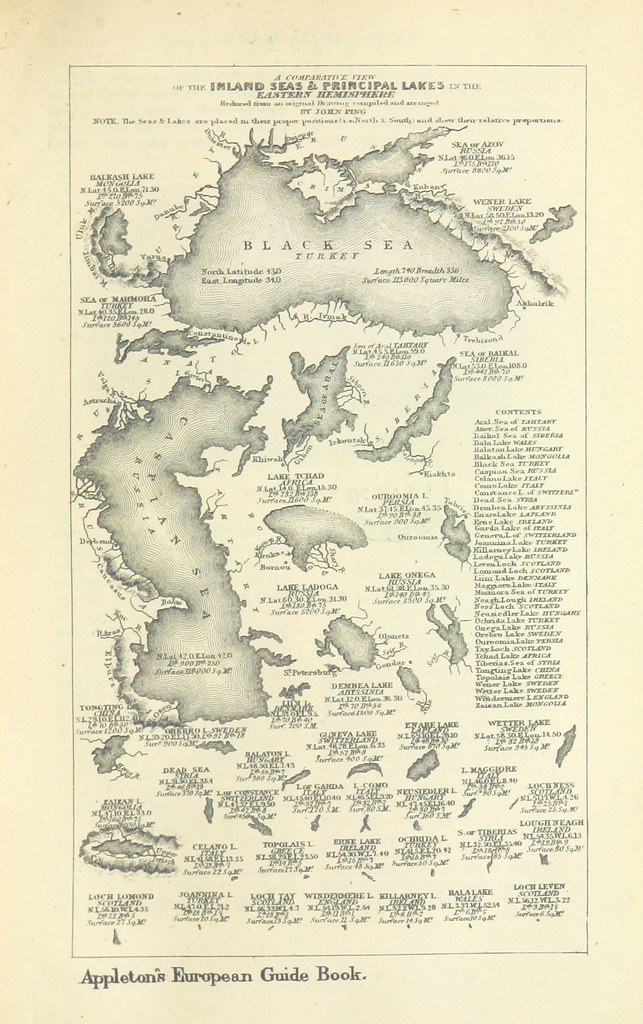If the venture gets the go ahead, beer would be priced at not quite a pound a pint but £1.50. A half a pint will cost you the £1 coin. However, at £1.50 a pint this is still half the local average price.
The beer will not be watered down. It will not be thrown at you by a rude barman. Neither will it come in a chipped glass or plastic beaker. The pub is achieving this price point by taking away expensive and peripheral benefits – live football matches on big flat screens, for example.
The target for the pub is the kind of people who used to go to working men’s clubs, in other words, regular people who just want a low cost pint and a good chat on a pub stool and nothing more. I expect this pub experience will be good, it will be made by the people. It will be no frills and low cost, but it will not be a negative or poor experience. If it is, it won’t survive. Especially in Stockton on Tees!
“At a time when 12 pubs a week are closing across the country we have to think outside the box a bit,” said Mike Wardell, a director of Here for Your Hospitality Limited behind the idea.
Good luck to them I say. At least they're trying to do something with a fairly run down town centre that nobody else is interested in investing in (or creating jobs for local people in).
Objectors will no doubt carry on shopping at their local supermarket and buying at around 60p a pint whilst harping on about cheap alcohol ruins lives.. Think people, think.



![Image taken from page 18 of '[The Countries of the World: being a popular description of the various continents, islands, rivers, seas, and peoples of the globe. [With plates.]]'](http://farm8.staticflickr.com/7446/11305850565_68864df1e6_c.jpg)
![Image taken from page 159 of '[History of the Russian Empire from its foundation by Ruric the Pirate to the accession of the Emperor Alexander II ... With ... engravings.]'](http://farm8.staticflickr.com/7340/11131721366_93047fa03a_c.jpg)




